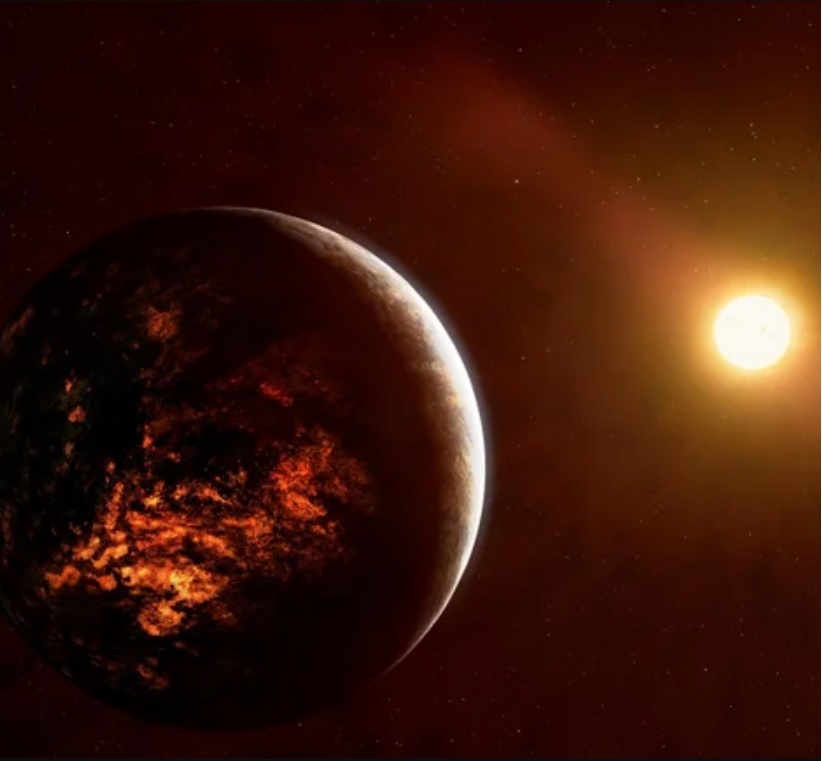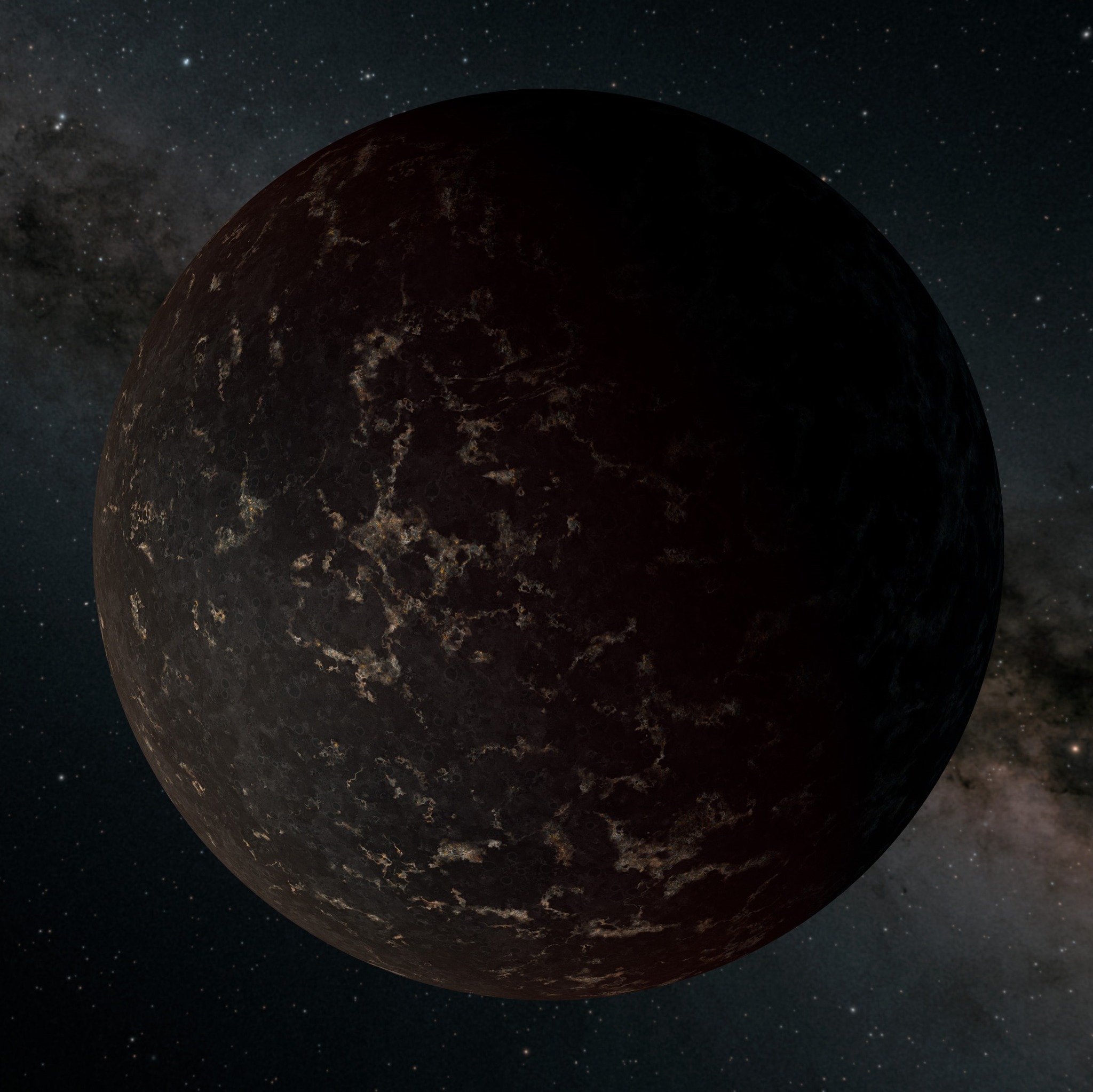Engineers discovered that the Webb telescope's mirror segments were hit by micrometeoroids last month (May). Fortunately, after preliminary evaluation, the team confirmed that Webb's condition was still excellent, and the impact of the micrometeoroids would not significantly affect the observation quality. In fact, Webb is going to be hit by a micrometeoroid sooner or later. Although we can't send personnel to repair it, engineers can remotely adjust the position of the affected mirror segments to offset some of the data distortions.
As the official day of Webb starting to work full time draws nearer, let's check its science targets again. A group of them belongs to strange rocky worlds some 50 light-years away.
Exoplanets are broadly classified into rocky planets and gas giant planets. With current technology, rocky planets are harder to observe than gas giants as these rocky planets are too dim and small. Astronomers look forward to observing two "super-Earths" with the powerful Webb: 55 Cancri e and LHS 3844 b. They are slightly larger than Earth, while the former is super-hot and covered in lava, and the latter is hot but lacks an atmosphere. Previous studies have pointed out that neither planet is habitable for life, but observing them can still provide insights for future in-depth studies of other super-Earths.
55 Cancri e orbits its parent star every 18 hours or so at a distance of about 2.4 million kilometres, which is about 4% of the Mercury-Sun distance. The furnace-like surface temperature of 55 Cancri e is higher than the melting point of most rocks. Scientists also estimate that the planet is tidally locked to its parent star, meaning roughly a side of the planet is always facing the scorching star.
Like 55 Cancri e, LHS 3844 b orbits very close to its parent star, with an orbital period shorter than 11 hours. However, because its star is relatively small and cool, LHS 3844 b is not hot enough to melt its surface.
The scorching summer is approaching as well as the end of our "Golden Eye on the Cosmos" exhibition (27 June). Don't miss the last chance to see it!





